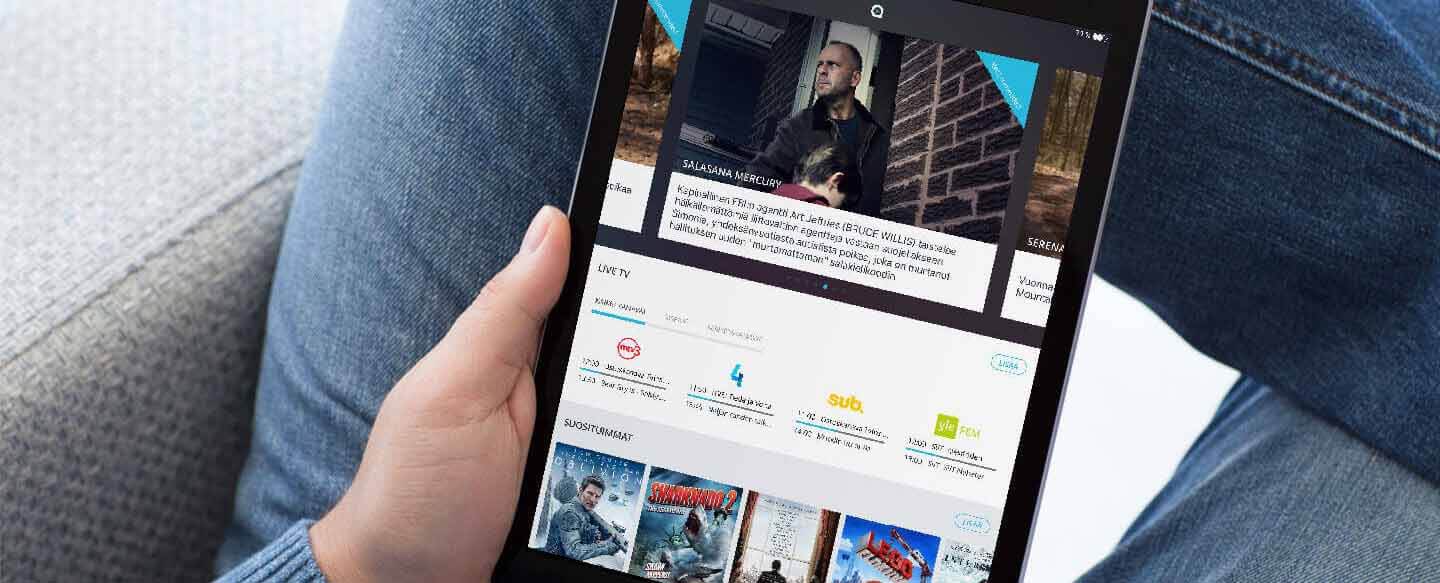
Multiscreen refers to watching TV content on many devices and not just the television which is hooked to the standard box that’s sitting in your entertainment center, the STB. A multiscreen service allows an operator to also provide content to other devices like PC’s, mobile phones and tablets.
With a multiscreen service, the operator can offer the same TV service along with a common user experience to the other devices.
One of the most important benefit that a multiscreen service brings is an improved TV experience for end users. Users can control their TV service at any time and from anywhere, not only watching the content, but also managing the TV service on their STB. Another powerful multiscreen feature is Catch Up TV, where the user is able to watch shows they missed or forgot to record. Imagine being able to watch your sports events at your convenience with the freedom of choice to choose how and when to consume video content.
Here’s another scenario that can help providers with a faster time to revenue by making more content available to more members of each household. Imagine a household with only one TV set and family members fighting for the remote control. With multiscreen, a family member can watch favorite shows on the TV, while another can watch a sports event on the PC or tablet. Or while cooking, you can watch a cooking channel on the mobile device in the kitchen.
Another interesting scenario is the so called companion device, where tablets or mobile phones are used as an advanced remote control. By replacing the clumsy remote control with a companion device, users can search for content, set a show to be recorded, or even change TV settings.
The appealing multiscreen features and customized user interfaces will engage users to stay with your multiscreen application. And while watching TV they tend to consume more content since it is more readily available through any of their convenient devices and in a location they choose. With a good multiscreen strategy, providers can look to new monetization opportunities through additional advertising, promotions, bundling, and integration with several social medias.
The bottom line is that a multiscreen service is an important investment in the future for providers. Research shows that more than 80% of user are now using more than the TV to watch their content, and even more important is the mobile and PC market for content viewing is still growing. Therefore, I recommend a multiscreen strategy where you will benefit from it today and be ready for the future.


